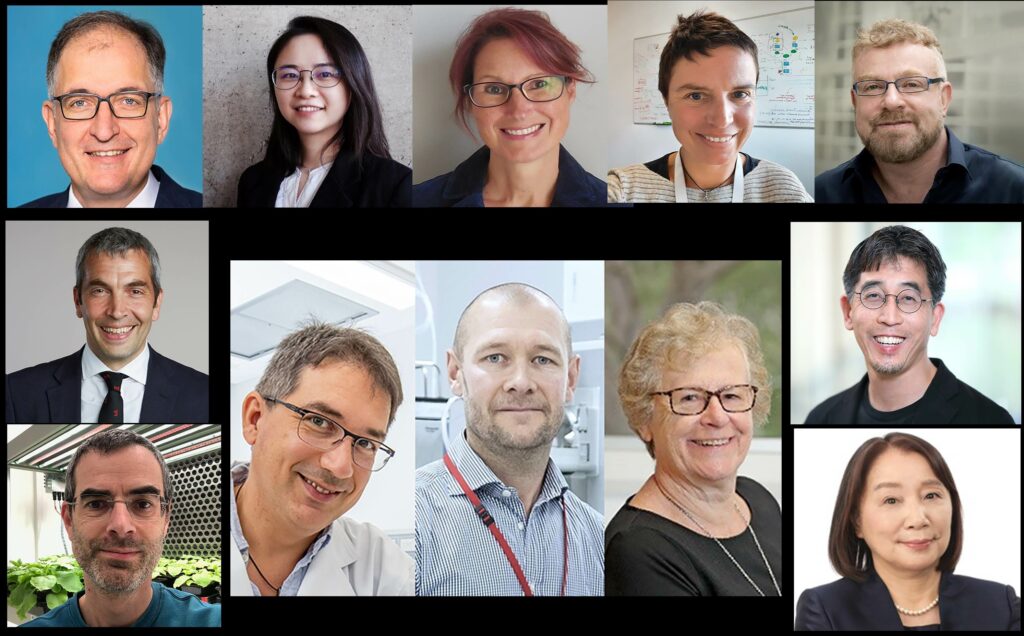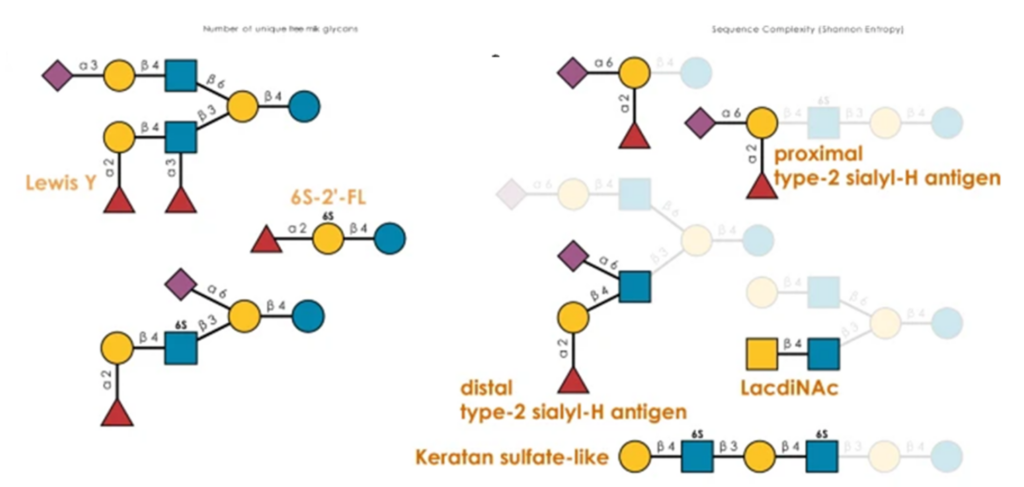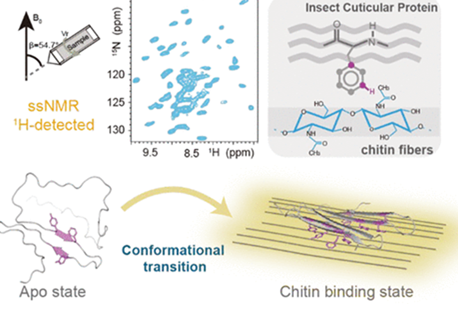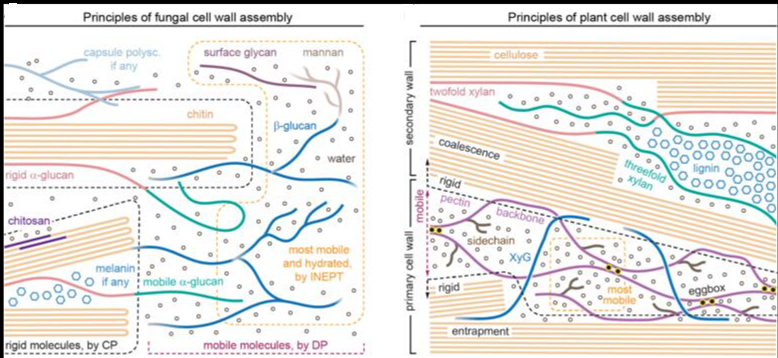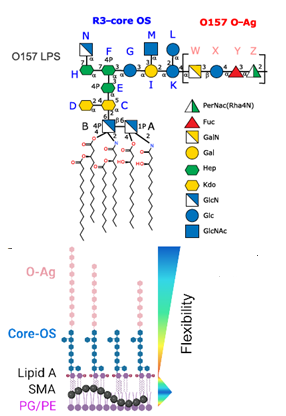Glycans, due to their variable compositions and highly dynamic conformations, significantly enhance the diversity of the molecules or cells to which they are attached. These characteristics make them important contributors to biological function and overall organismal health, but they also present challenges for research. Nevertheless, there are promising advancements on the horizon for the future of glycobiology. The article “What Comes Next in Glycobiology” discusses unresolved questions in ten areas of glycobiology, as identified by prominent scientists in the field:
- The rise of molecular glycobiology
- The necessity for a glycan decoder
- Understanding the microbial glycan coat
- Progress in glycomics
- Computational solutions in glycoscience
- Exploring the roles of glucose, mannose, and other saccharides
- Understanding the regulation and variation in glycans
- Future prospects for immunotherapy involving glycans
- Strategies to overcome the viral glycan shield
- Glycans in plant biology.
